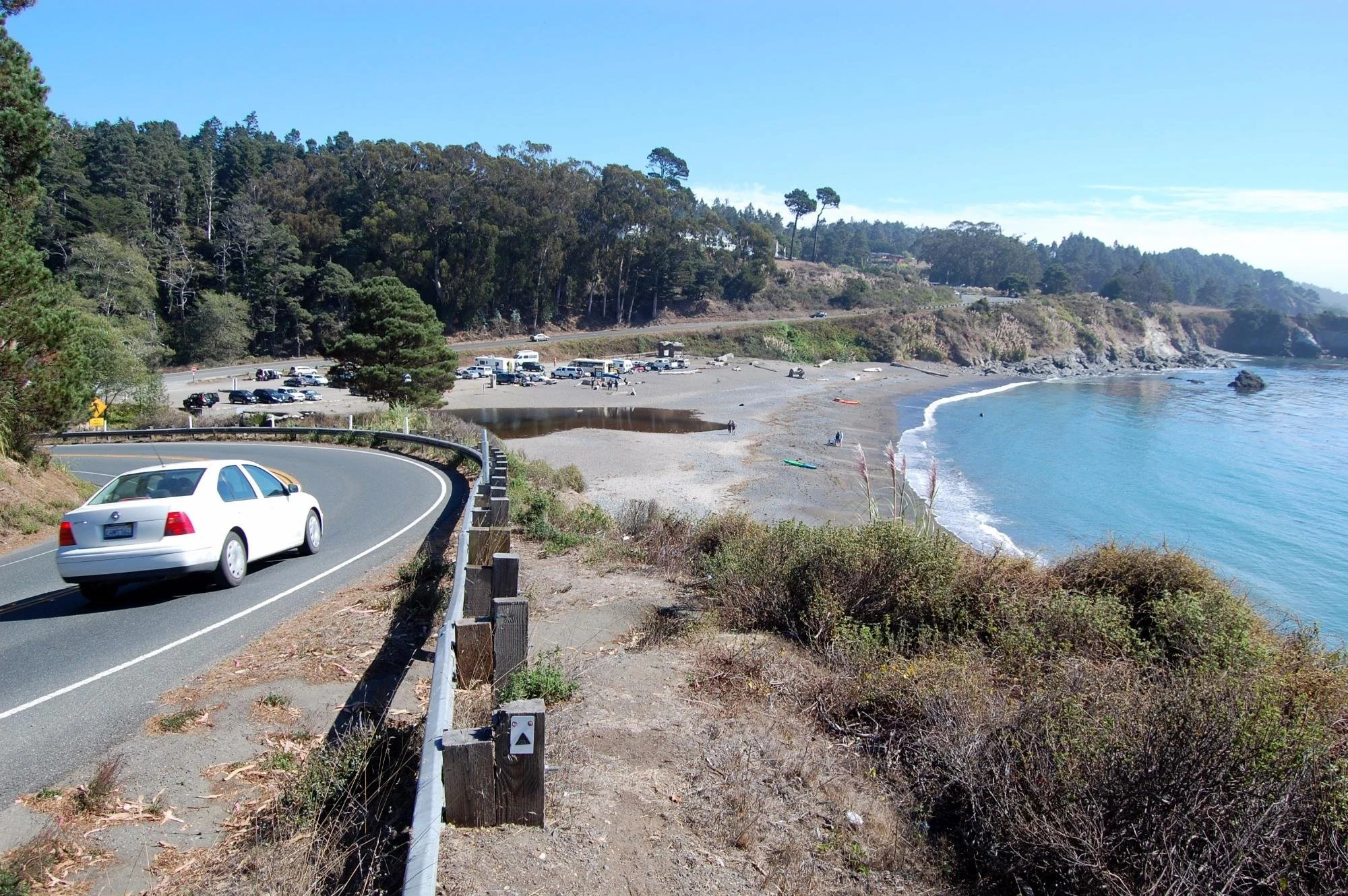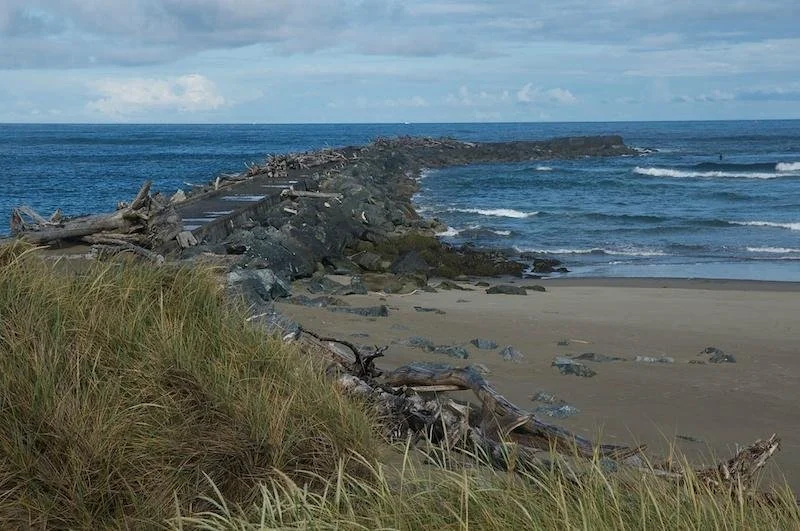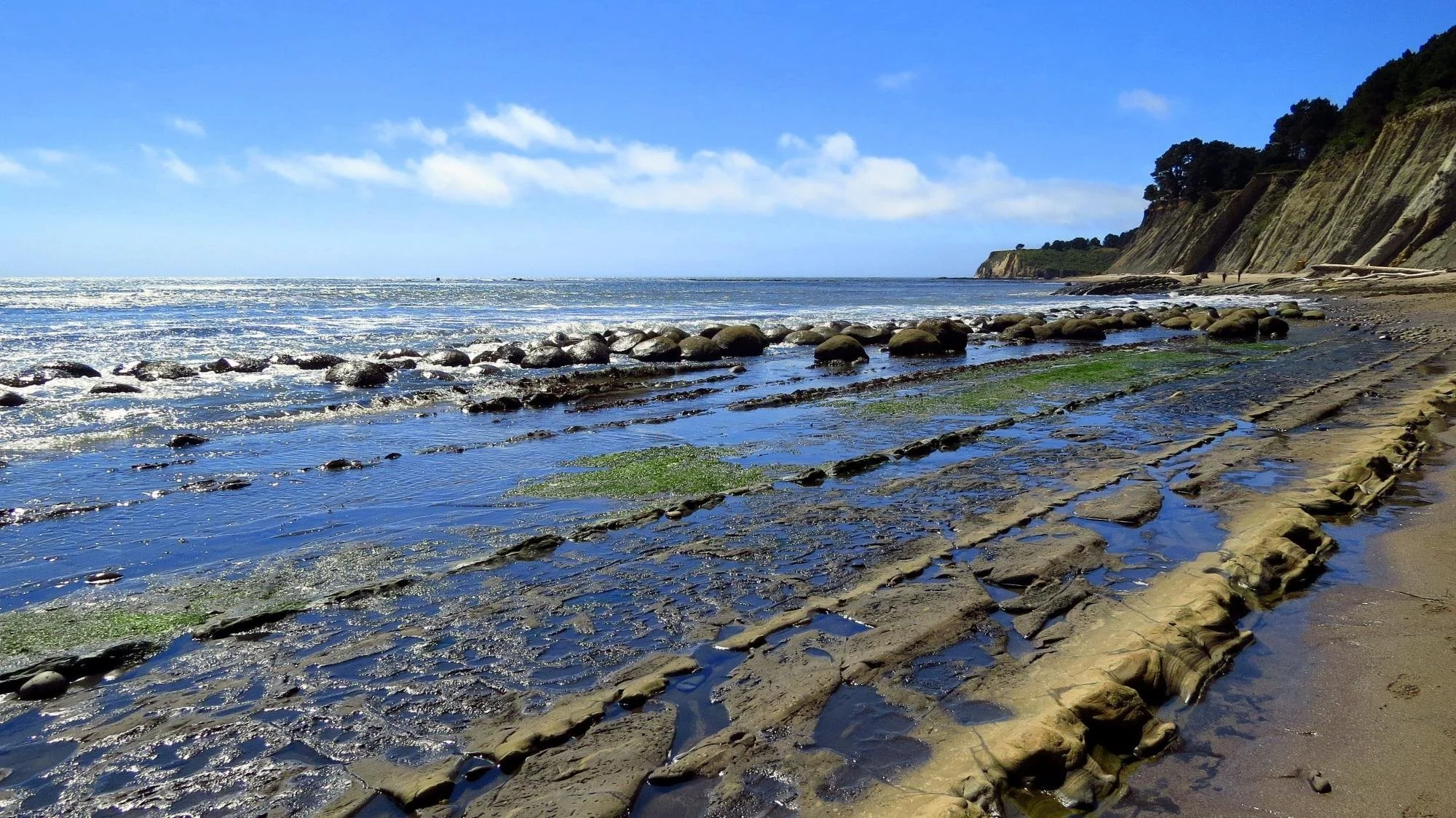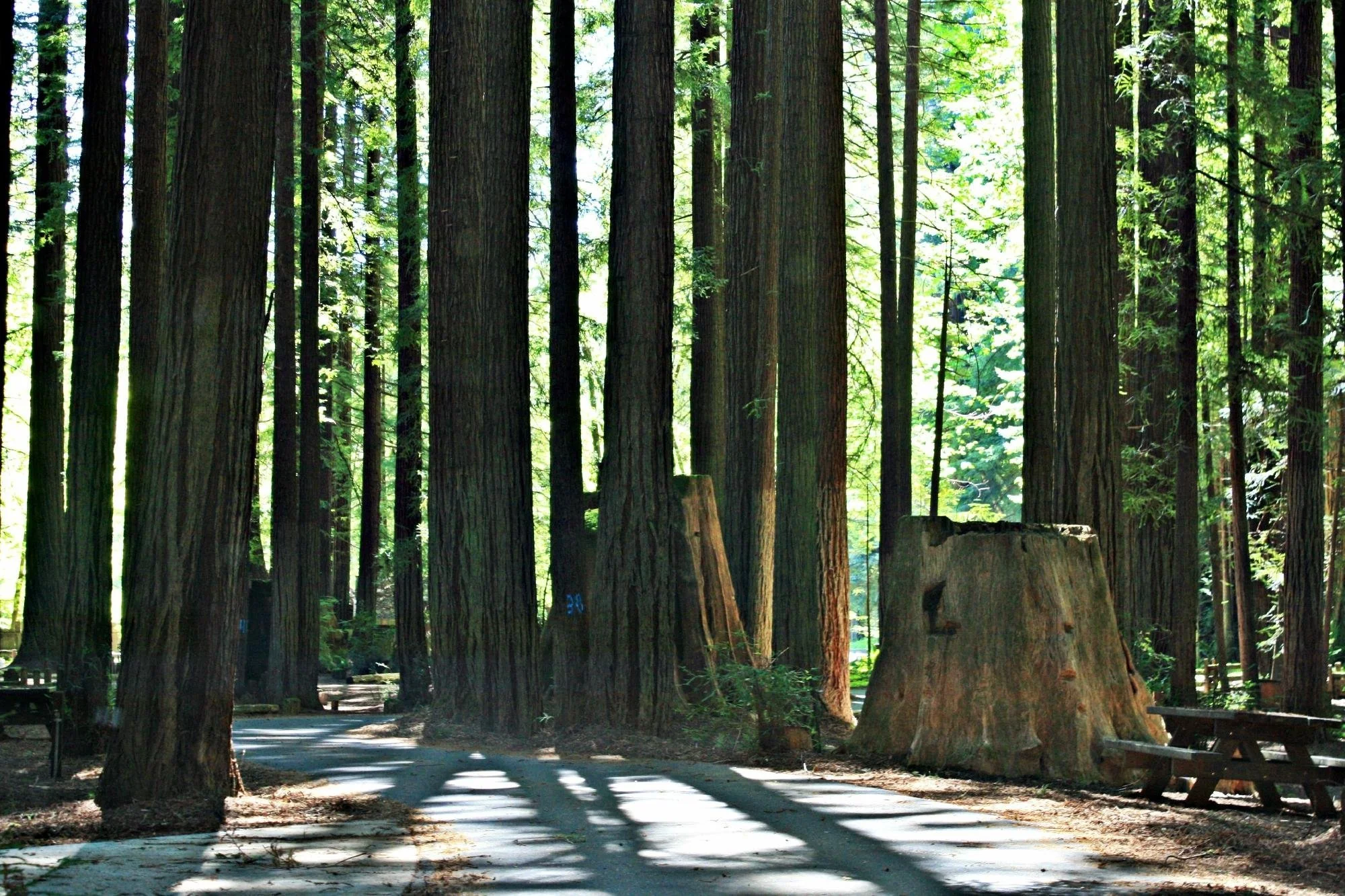Spanning an impressive territory of almost 1 million acres, the Mendocino National Forest stands unique as the only national forest in California without a single paved thoroughfare crossing its expanse. This untamed wilderness encompasses four designated pristine areas, creating endless opportunities for outdoor exploration. Adventure seekers can traverse over 250 distinct paths perfect for hiking, cycling, and equestrian activities, while off-road enthusiasts will discover an extensive network of dedicated OHV trails. Water lovers have their pick of five rivers, countless lakes, and numerous streams and ponds ideal for boating, swimming, and fishing pursuits. The forest draws thrill-seekers for hang gliding experiences, hosts seasonal hunting activities, and provides prime wildlife observation opportunities. Camping options abound with over 40 established campgrounds, plus the freedom to set up camp across virtually the entire forest through dispersed camping regulations.
Camping Near Mendocino National Forest
Immerse Yourself in Ancient Redwood Groves - Hike, Breathe Deep, and Reconnect with Nature's Grandeur.
CampChimp is better in the app
Find Available Camping
The 5 best campgrounds near Mendocino National Forest, CA
-

Mendocino
 Mendocino County, CA
Mendocino County, CA


Mendocino National Forest offers several exceptional campgrounds nestled amidst towering redwoods and lush landscapes providing a serene escape into nature.
-

Clear Lake
 Clearlake, CA
Clearlake, CA


Situated on the shores of California's largest natural lake this park boasts scenic campsites with access to swimming fishing and hiking trails.
-

Napa Valley
 Napa County, CA
Napa County, CA


Nestled in a picturesque valley this park offers shaded campsites hiking trails and opportunities for exploring the region's renowned wineries.
-

Salt Point State Park
 Jenner, CA
Jenner, CA


With breathtaking coastal views and access to pristine beaches this park provides a unique camping experience amidst rugged cliffs and crashing waves.
-

Hendy Woods State Park
 Boonville, CA
Boonville, CA


Hendy Woods State Park immerses visitors in primeval redwood forests where sunlight filters through towering canopies onto carpets of ferns and moss offering serene camping surrounded by ancient giants and vibrant nature trails.
The 5 hardest-to-book campgrounds near Mendocino National Forest, CA
The 5 best campgrounds for RV camping near Mendocino National Forest, CA
The 5 best campgrounds for tent camping near Mendocino National Forest, CA
The best camping near Mendocino National Forest guide
About
- Best for boaters and lake access: Fuller Grove Campground provides immediate entrance to Lake Pillsbury, the forest's largest waterbody, featuring multiple convenient boat launching facilities.
- Best for anglers and swimmers: Letts Lake Campground sits adjacent to a well-maintained fishing dock and popular swimming beach area.
- Best for OHV riders: Middle Creek Campground offers direct access to an extensive system of OHV-designated pathways.
- With the exception of Sycamore Grove, all standard campgrounds operate on a first-come, first-served basis. Early arrival is recommended to secure your preferred spot.
- For larger gatherings, consider booking a group site, which can be reserved up to one year before your intended stay.
- Research the operational dates carefully, as opening and closing schedules differ between camping locations.
Peak recreational activity occurs during the warmer months, with most camping facilities and trail access points operational from May through October. Winter conditions frequently result in closures due to precipitation, muddy conditions, and snowfall. Nature enthusiasts should plan springtime and summer visits to witness spectacular wildflower displays throughout the canyon landscapes and alpine meadows, particularly in the Yuki Wilderness region. Bald eagle watching opportunities exist from October through August, offering memorable wildlife viewing experiences.
- Fire permits are mandatory when outside established campgrounds. Additional permits are necessary for collecting mushrooms, pinecones, firewood, and seasonal Christmas trees.
- Wilderness zones restrict transportation to foot traffic, horse riding, and wheelchair access only. Mechanical transportation, including bicycles, is prohibited in these areas.
- When exploring Snow Mountain Wilderness during summer months, pack additional water supplies as reliable water sources are scarce.
- Off-highway vehicles must display current highway registration or valid green/red stickers, and protective headgear is mandatory for all riders.
- Any individual aged 16 or above must possess a valid fishing license to engage in fishing activities within California.
- Discover the natural splendor of camping near Berryessa Snow Mountain National Monument, a pristine wilderness sanctuary teeming with diverse wildlife. Experience exceptional stargazing opportunities and challenge yourself on invigorating hiking trails in this outdoor enthusiast's haven.
- Immerse yourself in the raw beauty of King Range National Conservation Area, where towering mountains meet the Pacific. This dramatic coastal wilderness offers unparalleled ocean vistas and rugged terrain perfect for memorable outdoor adventures.













